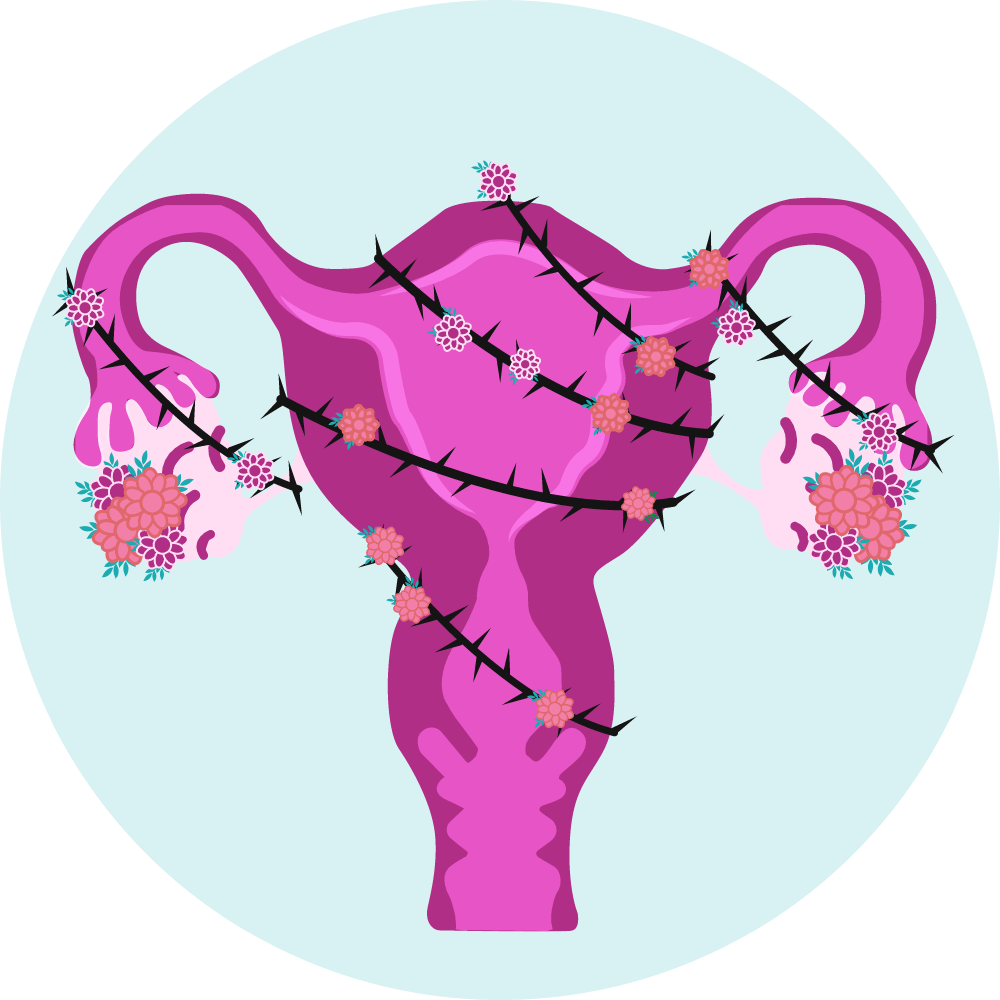
What are fibroids?
A woman’s uterus is made of muscle tissue which is called smooth muscle tissue. Fibroids are benign tumors in the uterine cavity . There’s definitely a genetic component and haven’t found any lifestyle factors that cause uterine fibroids.
A large number of women (around 40-50%) will develop fibroids, which, depending on the size and location in the womb, they are likely to cause dysmenorrheal , heavy menstrual cycles, excessive bleeding , spotting between periods and reproductive problems.
They can also cause frequent urological problems or intestine discomfort due to the pressure applied in the abdominal area. Increased urination and constipation
maybe some of the symptoms of very large fibroids “bulk symptoms”.
Fibroids have three types, depending on their location: submucosal, intramural and subserosal. Fibroids may differ in size, ranging from a few millimeters to a few centimeters, and can either grow rapidly or remain steady for years.
The development of fibroids usually decreases during menopause, with the estrogen decrease.
Diagnosis of Fibroids
The best method to diagnose fibroids is a transvaginal ultrasound.
Magnetic Resonance imaging (MRI) is another useful method to diagnose fibroids and spot their exactly location in the pelvis.
Sometimes submucosal fibroids are also detected during Salpingography or during an Hysteroscopy.



